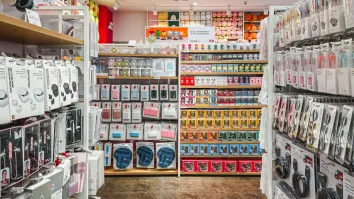
What’s driving Chinese brands to double down on Southeast Asia?
Culturally sensitive categories, particularly food and beverages, remain challenging for Chinese entrants.
Southeast Asia has become a priority growth region for Chinese brands, emerging as both the largest and second-fastest-growing export destination for Chinese goods, according to Euromonitor International.
Imports from China reached $587b in 2024, up 12% YoY, with more than 70% of Chinese firms operating in ASEAN indicating plans to expand within the region.
Once associated primarily with low cost and functional reliability, many Chinese brands are now viewed as innovative and high-value, particularly in sectors like smartphones.
Chinese smartphone brands have grown their market share from around 21% in 2014 to more than 60% in 2024.
Beyond smartphones, Chinese companies are gaining traction in electric vehicles (EVs), consumer electronics, and home appliances. They are also pushing into newer categories such as beauty, foodservice, and packaged foods.
Success in these segments is being driven by aggressive pricing, localisation strategies, and rapid product iteration. For example, Chinese beauty brands like Focallure and Skintific are customising offerings to suit local preferences in Southeast Asia.
Digital innovation and robust supply chain capabilities are cited as core enablers of this expansion. However, growth is not uniform across all industries.
Culturally sensitive categories, particularly food and beverages, remain challenging for Chinese entrants, with progress varying by market and sector.
For incumbent brands, the rise of Chinese competition presents growing pressure. Euromonitor warned that legacy brand equity and traditional distribution models are no longer sufficient to maintain market share.
To remain competitive, established players will need to accelerate localisation, revisit pricing strategies, and align more closely with digital-first shopping behaviours.

















 Advertise
Advertise








